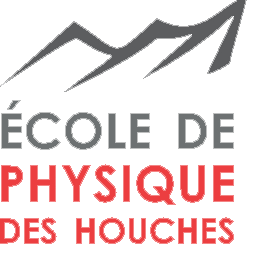Speaker
Description
Nearly complete quantum control of individual trapped ions has become commonplace in many precision spectroscopy, metrology, and quantum information experiments. However, while measurements of the properties of fundamental particles for CPT tests have had remarkable recent successes [1, 2, 3], they have been limited to 0.3 ppb precision by long measurement times and particle temperatures on the order of 10 K. Unfortunately, the lack of an electronic structure has excluded laser cooling and made older techniques such as resistive cooling with tuned circuits still viable and necessary. In the context of an improved measurement of the proton magnetic moment in a Penning trap, our collaboration has developed a new apparatus that will allow us to sympathetically cool individual protons and, eventually, antiprotons. By coupling to laser cooled beryllium ions we will be able to achieve an unprecedented level of control of individual particles can, ultimately yielding an improved test of CPT invariance in the baryon sector.
Inspired by ideas from the early days of laser cooling [4], we plan to couple single particles to Doppler cooled ions through image currents induced in a macroscopic endcap electrode, connecting two Penning traps. Our calculations show that we will be able to prepare single particles with nearly Doppler limited energy in the axial, and subsequently cyclotron, modes on a time scale of tens of seconds. Once successfully implemented, we will be able to deterministically resolve individual spin states with high fidelity, nearly an order of magnitude faster than with current techniques. Shown here is the early progress of the new experiment with an outlook toward an improved measurement of the proton and antiproton g-factors.
References
[1] S. Ulmer et al, Nature 524, 196 (2015).
[2] C. Smorra et al, Nature 550, 371 (2017).
[3] G. Schneider et al, Science 358, 1081 (2017).
[4] D.J. Heinzen and D.J. Wineland, Phys. Rev. A 42, 5 (1990).
